Painter Van Thao - the eldest son of the late musician Van Cao - could not hold back his tears. " Not only me, but my son, my grandchildren - all three generations of the family stood at attention, hands on their chests, joining 50,000 people singing the immortal song. It was a sacred moment, rare in my life and I believe in anyone else " - he shared.
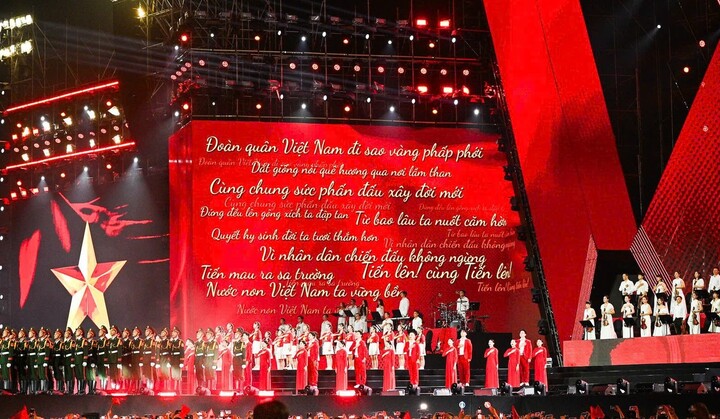
The heroic marching song resounded in the concert "Fatherland in the Heart". Photo: SVVN)
The moment the Fatherland speaks - Marching Song at Ba Dinh, September 2, 1945
The majestic sound at My Dinh today evokes memories of 80 years ago, when the Marching Song first resounded in the square of the Hanoi Opera House, moving even musician Van Cao to tears.
The story is, on the morning of August 17, 1945, the puppet government of Tran Trong Kim organized a rally at the Opera House square. But right there, a friend of Van Cao suddenly sang the Marching Song. What no one expected: the crowd of thousands of people knew the lyrics and sang in unison.
“My father was moved to tears. He understood that the song was no longer his own. It belonged to the people,” said Mr. Van Thao. From that moment, Tien Quan Ca became a song of the revolution, of the people.
Just a few weeks later, Tien Quan Ca went straight into the flow of history. At 2 p.m. on September 2, the golden autumn sunlight covered the historic Ba Dinh Square. From the podium, President Ho Chi Minh and the leaders of the provisional government leisurely walked out.
At that moment, the Liberation Band, led by musician Dinh Ngoc Lien, played the heroic notes of the National Anthem - Tien Quan Ca. The music echoed through the vast space, leading the rhythm for the red flag with yellow star to slowly rise, shining brightly in the autumn sky of Hanoi.
Hundreds of thousands of people stood still in emotion, their eyes following the fluttering national flag. As the national anthem ended, President Ho Chi Minh, in a deep, resonant voice, said: “All men are created equal…” - the Declaration of Independence giving birth to the Democratic Republic of Vietnam.
At that moment, history seemed to stop, to open a new era: the era of independence, freedom, of a nation standing upright and taking control of its own destiny.
Among hundreds of thousands of hearts following, the National Anthem touched every heart, becoming the immortal heroic epic of a nation that had just overcome the period of slavery. It was not simply a piece of music, a song, but a symbol of the fighting spirit, of sacrifice, of the desire to live and the right to control one's own destiny.
Few people know that to have that heroic moment at Ba Dinh, Van Cao wrote that epic song in the dark days of late 1944...
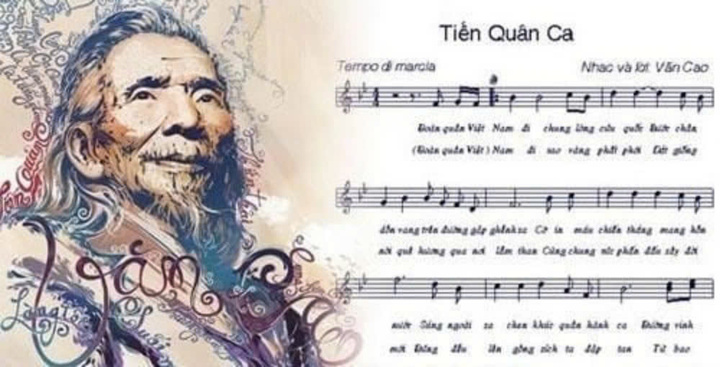
Winter 1944: The epic poem was born in a small attic
At that time, the North began to sink into famine. Droughts, floods, and successive harvests failed, while the French colonial government and Japanese fascists tried their best to hoard and buy rice, making people's lives even more miserable.
In that context, Van Cao - a young musician in his early twenties - received a special mission from comrade Vu Quy: to write a song for the revolutionary forces.
Artist Van Thao said: My father once told me that he witnessed groups of hungry and ragged people trudging through the alleys, skinny children clutching their rare bowls of rice mixed with corn and potatoes, and old people trembling as they sat by the roadside waiting for alms. That gloomy atmosphere, combined with his indignation at oppression, urged him to take up his pen.
In a small attic on Nguyen Thuong Hien street, Van Cao wrote a rhythmic, majestic melody with concise lyrics like a trumpet call to battle: “The Viet Minh army marches, united in saving the country…”.
“My father said he put all his pain and desire into that song. It was not just music , but a call from the heart, a spiritual weapon for the whole people to rise up, ” Mr. Van Thao recalled.
If the historic moment in 1945 showed the power of music, then decades later, Van Cao's family turned that message into reality through concrete actions.
Marching Song - of the people, preserved by the people
“My father told me many times: When I die, if possible, give this song to the people. Do not ask for any benefits,” Mr. Van Thao said.
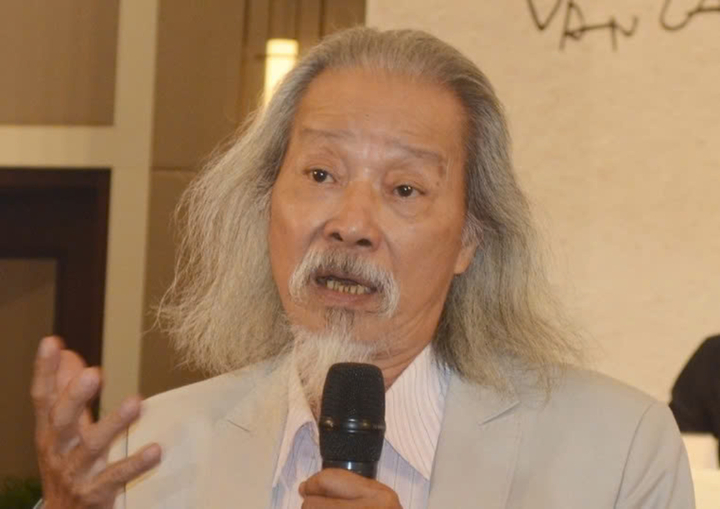
"That moment affirmed: The national anthem does not belong to an individual, but is the common, inviolable heritage of the entire nation."
Artist Van Thao
That advice became action. In 2016, Van Cao’s family donated the copyright of Tien Quan Ca to the State. At the donation ceremony, Mr. Van Thao said: “This is an honor not only for the family, but also for the people - those who have preserved and sung the National Anthem until today .”
Every time the National Anthem is played during the flag-raising ceremony or on National Day, it is not only a ritual, but also a reminder: Today's independence was bought with the blood of many generations. Our duty is to continue to sing, preserve and pass on that song as the nation's eternal flame.
The Marching Song has accompanied the history of the nation for the past 80 years. From the pain of a time of hunger, from the aspiration of a young musician, the song has become the National Anthem of a proud nation. It resonates in sacred moments, in the hearts of every Vietnamese, and will continue to resonate in the future.
For Van Cao, the greatest glory is not the award or the title, but when his work becomes the common property, the property of the people. And for every Vietnamese today, the greatest pride is to sing Tien Quan Ca - the immortal song of the nation. And today, every time the National Anthem is played, it is not only a ritual, but also a sacred oath of a proud nation, continuing the will of the musician who devoted his whole heart to the Fatherland.
According to VTC
Source: https://baoangiang.com.vn/tien-quan-ca-bai-ca-bat-tu-cua-nguoi-dan-viet-a427176.html



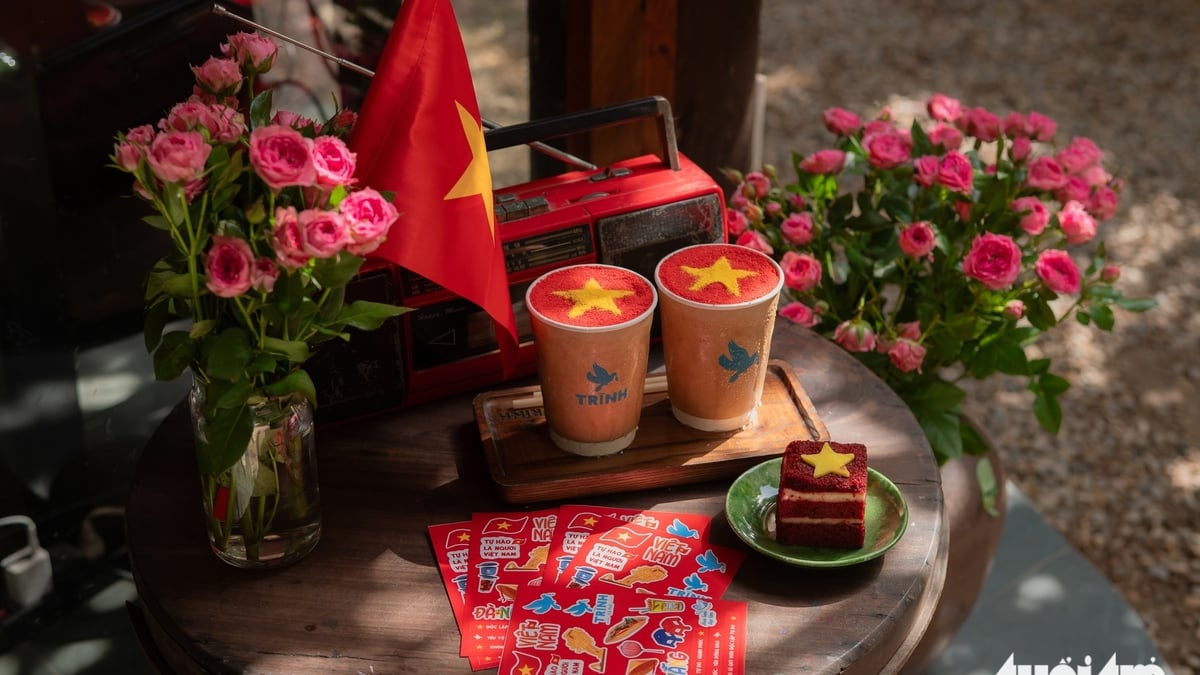
![[Photo] General Secretary To Lam attends the 80th anniversary of Vietnam's diplomacy](https://vphoto.vietnam.vn/thumb/1200x675/vietnam/resource/IMAGE/2025/8/25/3dc715efdbf74937b6fe8072bac5cb30)
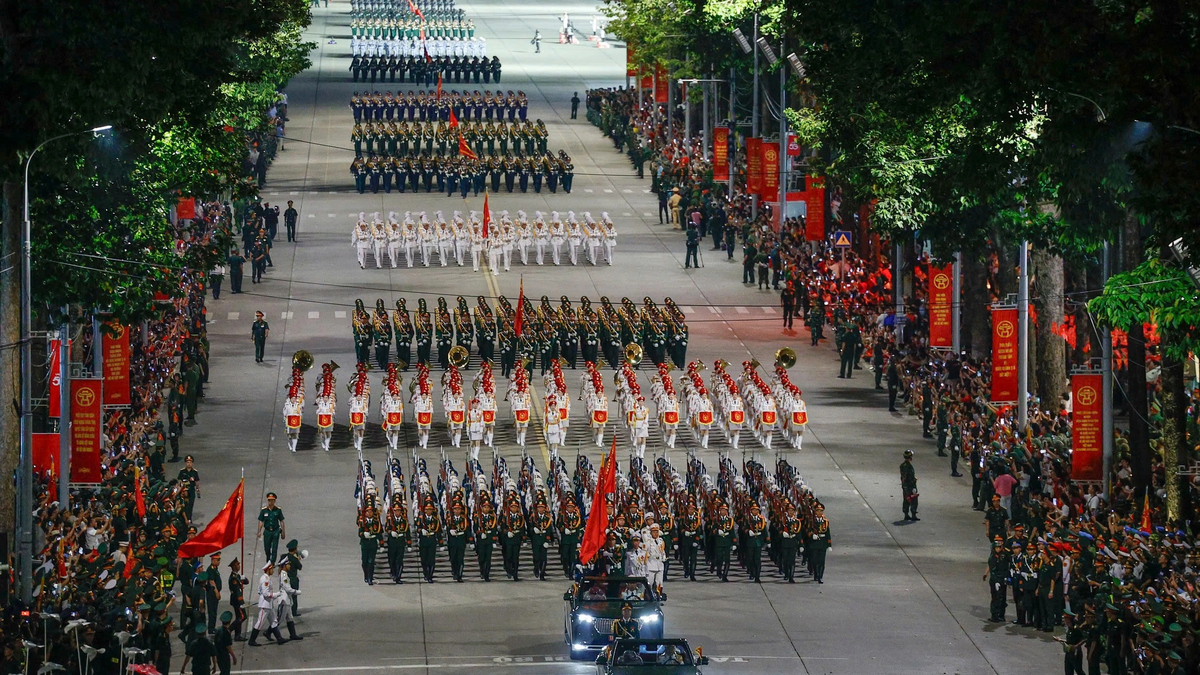
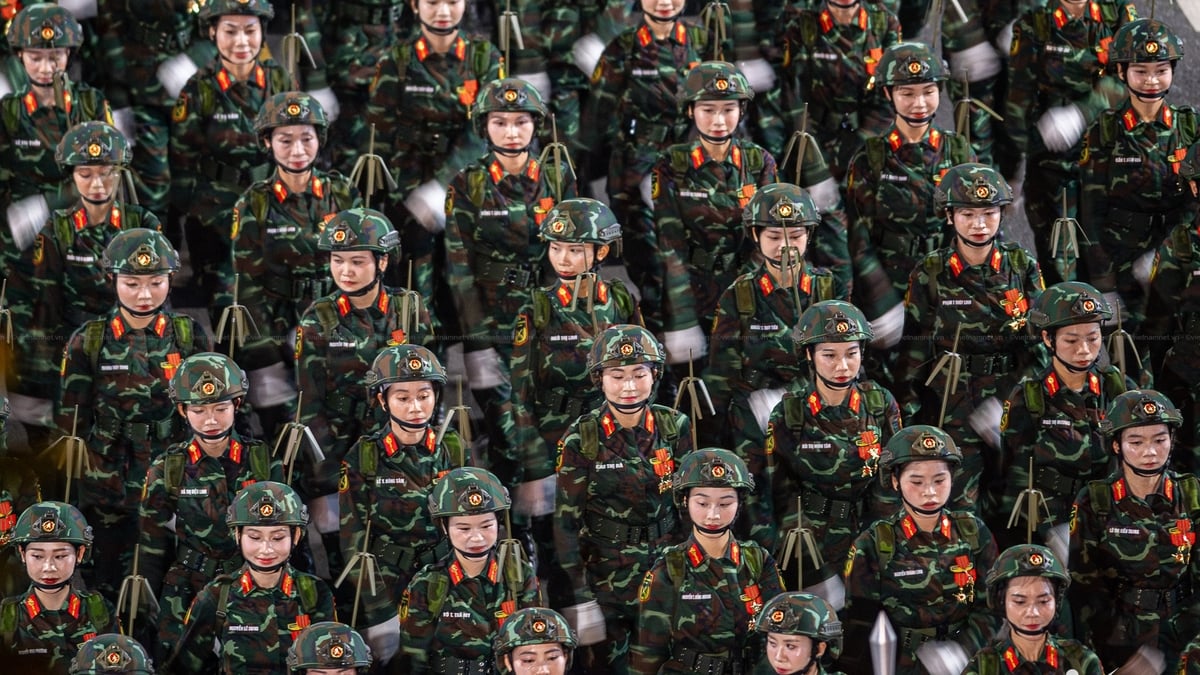
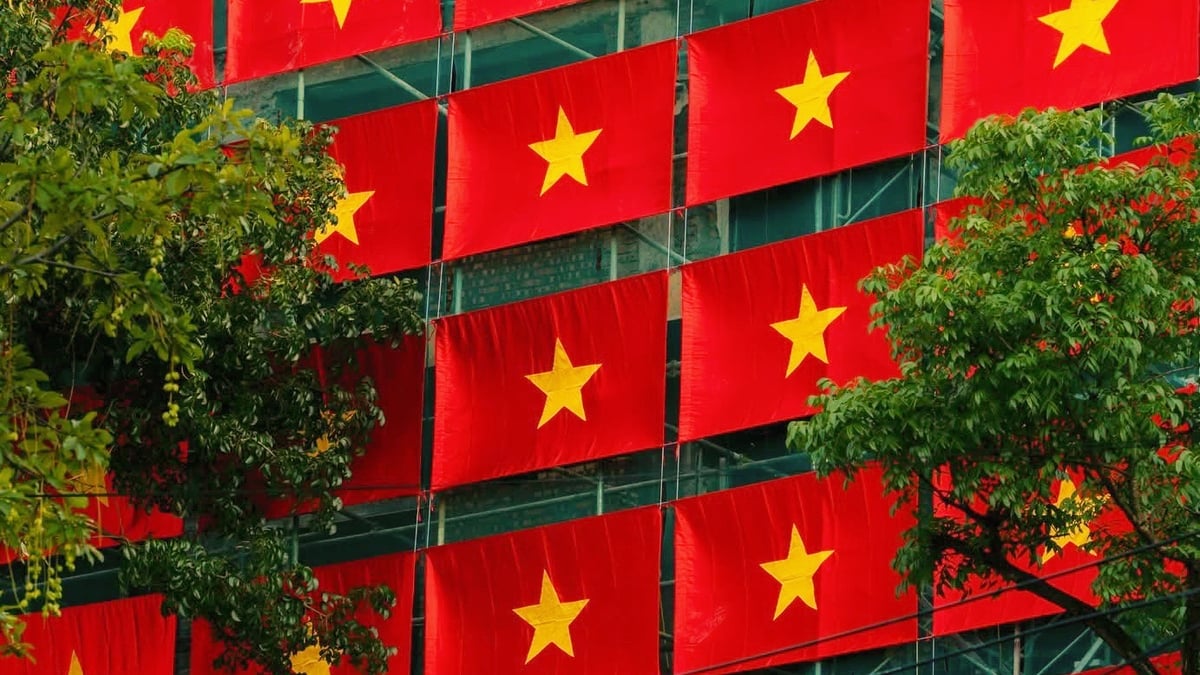
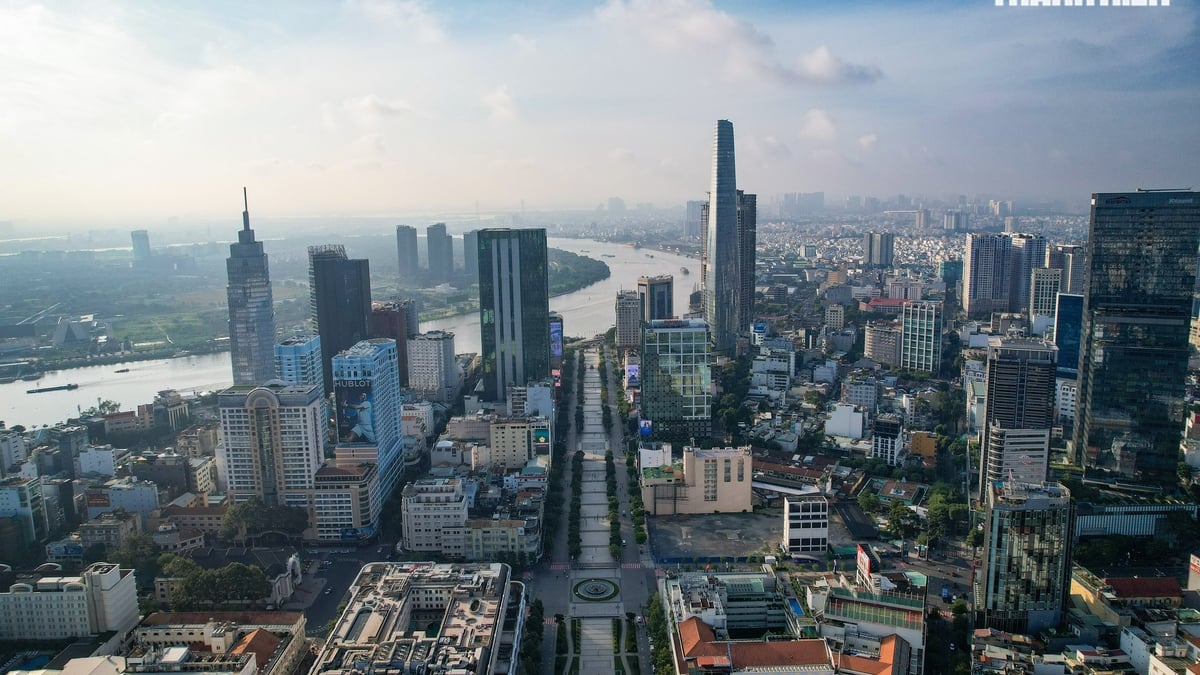



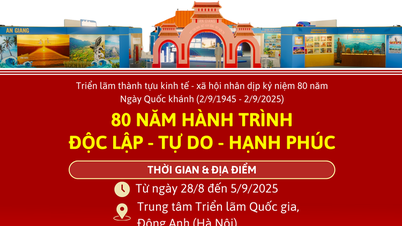
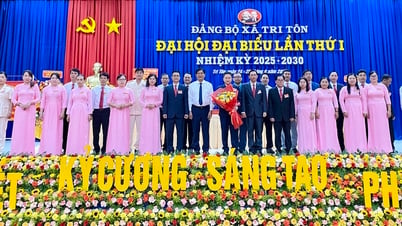
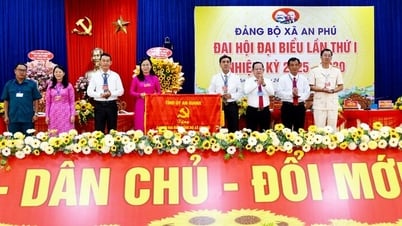






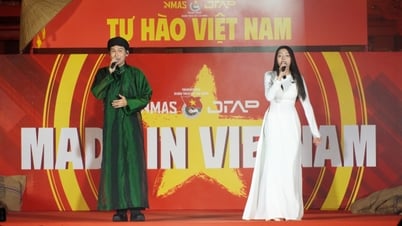

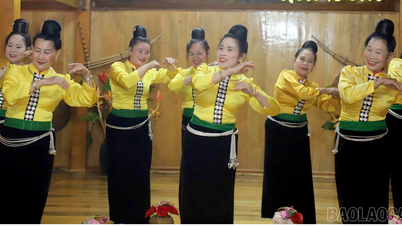

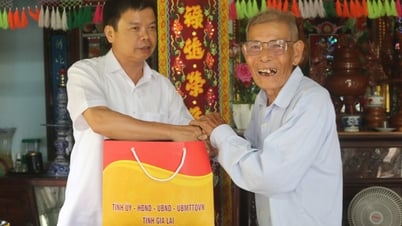

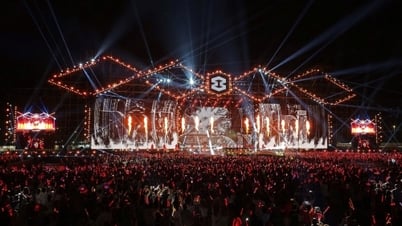





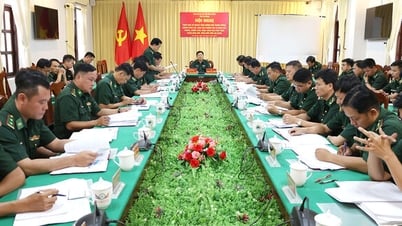
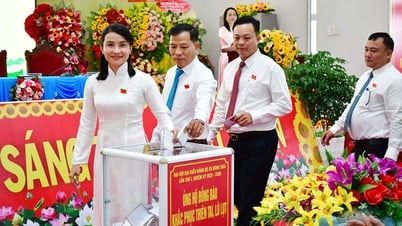
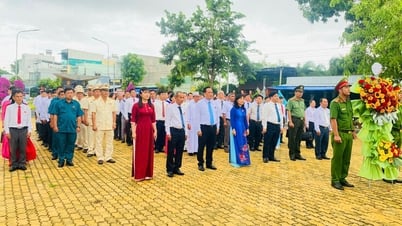
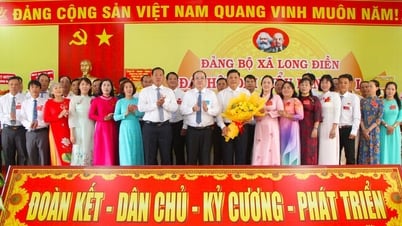
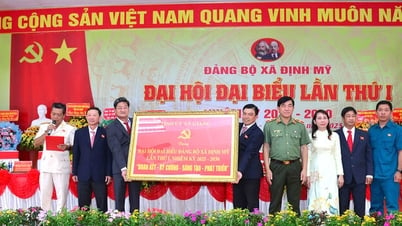
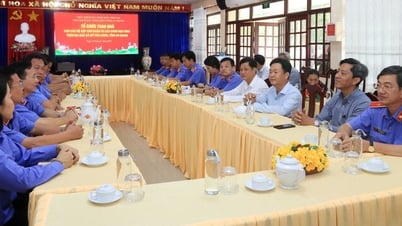

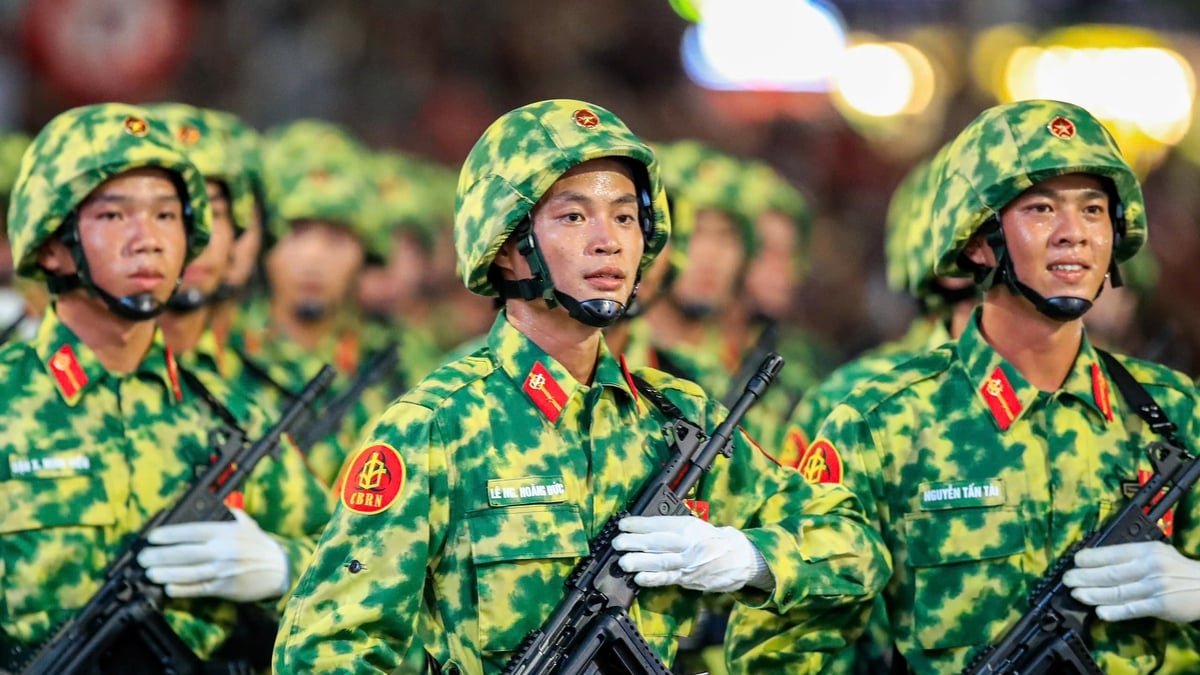




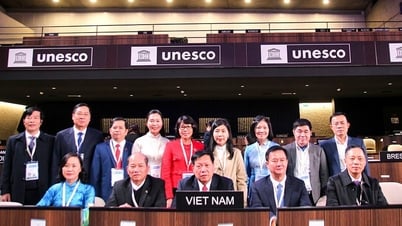

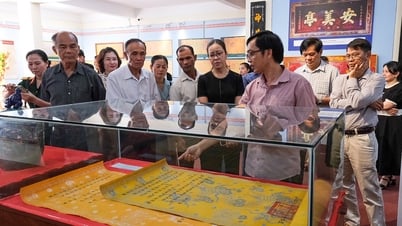

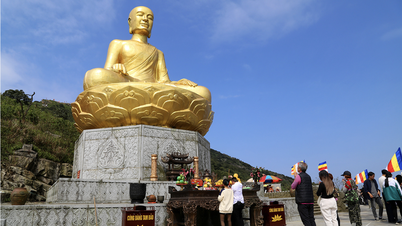

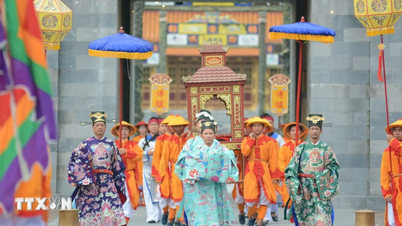

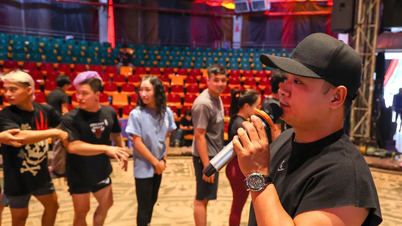

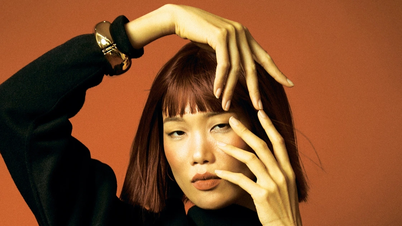

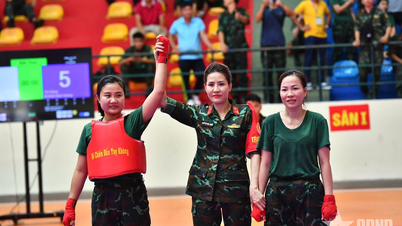

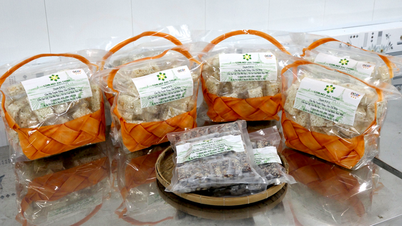


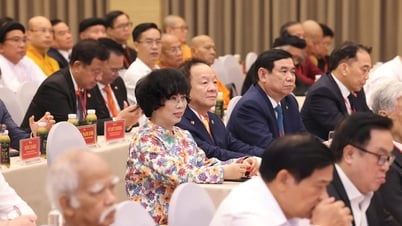
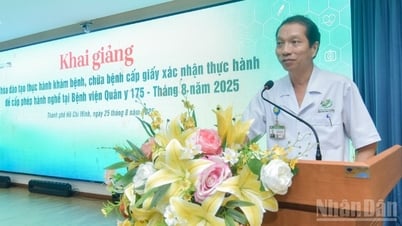

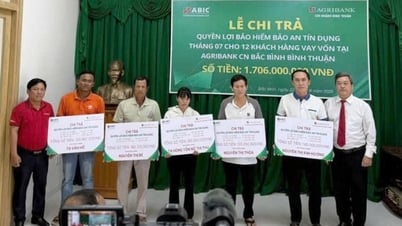



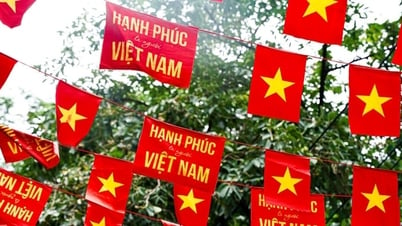

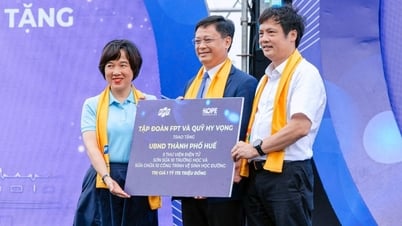
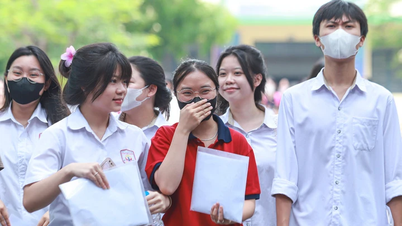


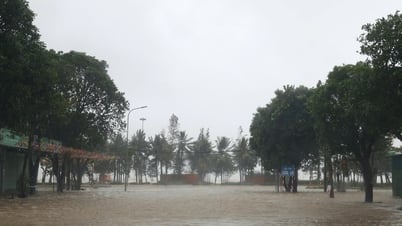

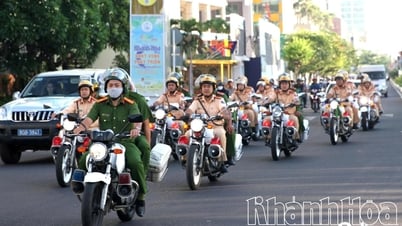



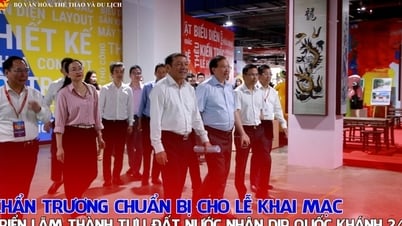

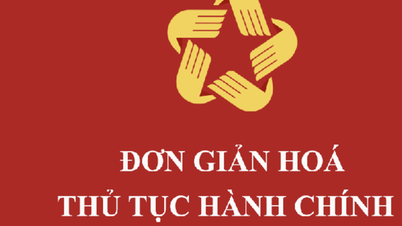
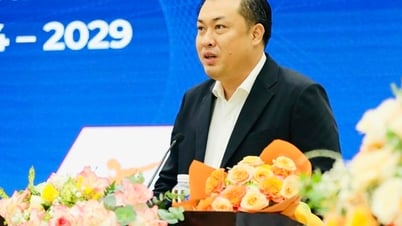
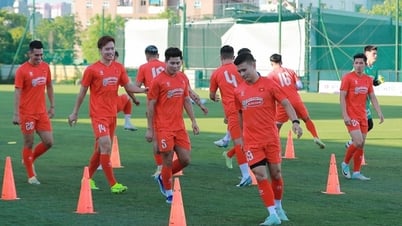
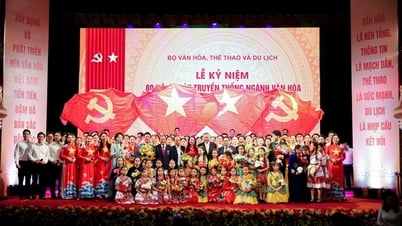
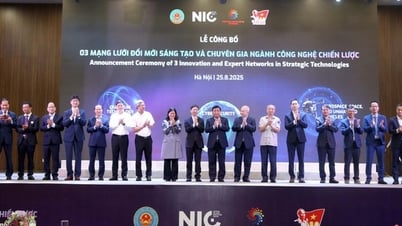

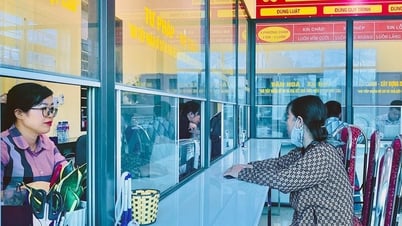

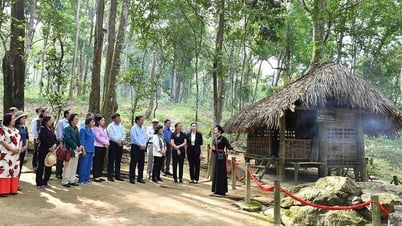
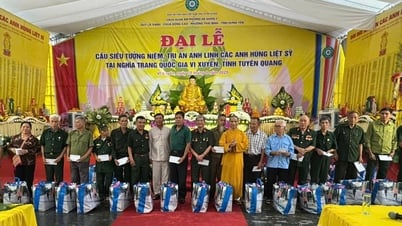


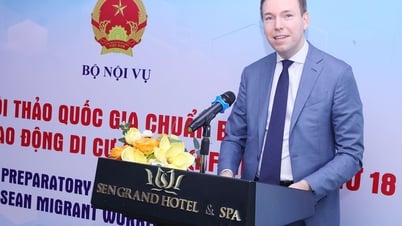






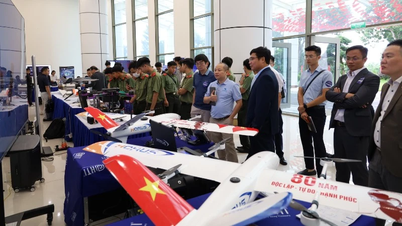


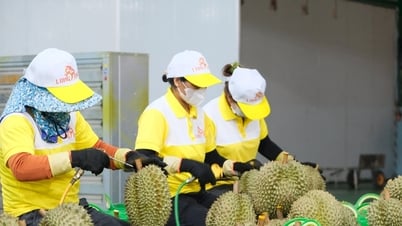



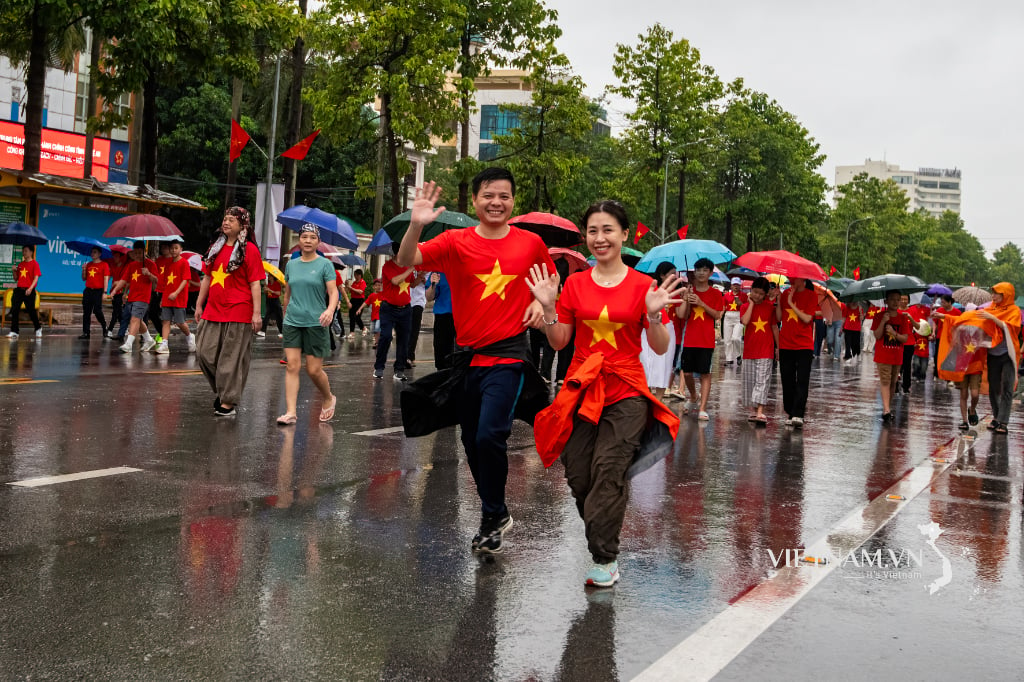


Comment (0)